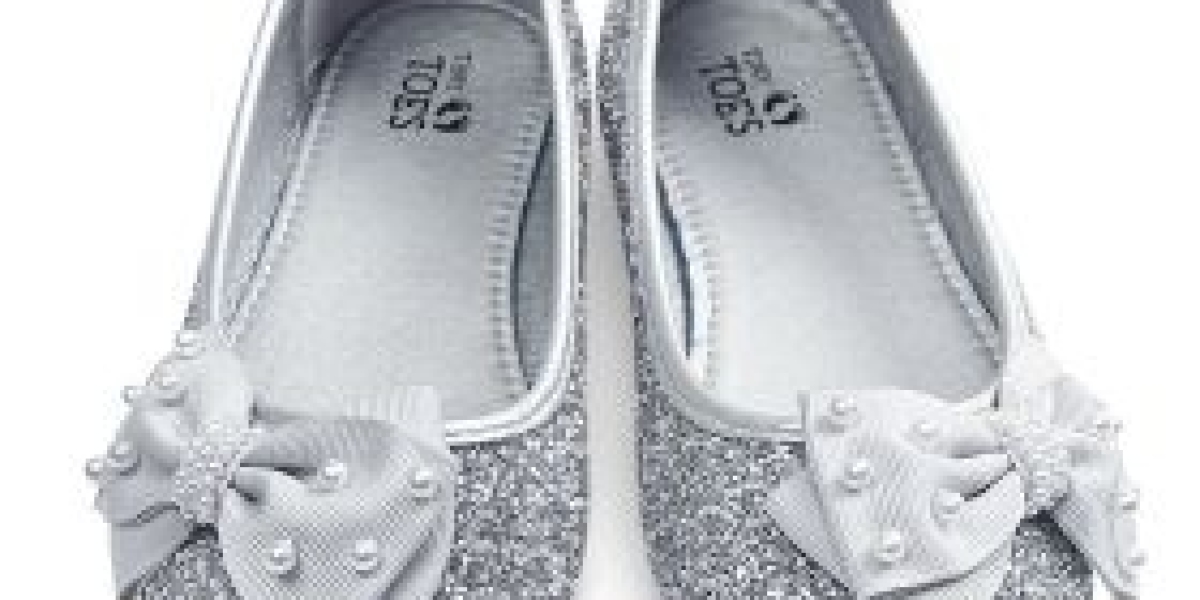High heel shoes, often celebrated for their ability to add height, elegance, and allure to a woman's attire, have been a prominent fashion accessory for centuries. From their humble beginnings as a practical solution to today's iconic symbol of femininity and style, high heels have evolved in design, purpose, and significance. This article delves into the fascinating history, cultural impact, and changing fashion trends surrounding high heel shoes, comprehensively exploring their enduring allure.
A Walk Through History: Origins and Early Use
The history of high heel shoes can be traced back to ancient civilizations, where their origins were more practical than fashionable. The earliest recorded use of elevated footwear dates back to ancient Egypt, where men and women wore heels to elevate their feet above the hot desert sands. These early heels were often constructed from materials such as wood and served a functional purpose rather than a purely aesthetic.
In ancient Greece, high-heeled footwear was primarily worn by actors in the theater to distinguish between different characters and convey social status. This early use of high heels as a symbol of status and identity would foreshadow their later role in fashion.
The transformative moment in the history of high heels came during the 15th century in Persia. As the story goes, Persian cavalrymen wore heels to secure their feet in stirrups while riding horses. This practical innovation soon captured the attention of European fashion, as emissaries and diplomats returning from the Middle East introduced high heels to the courts of Europe.
High Heels and European Royalty
High heels quickly became a status symbol among European nobility, particularly in the courts of France and England during the 16th and 17th centuries. French King Louis XIV is often credited with popularizing high heels among the elite. He was a fashion-forward monarch who adored the added height and poise high heels provided. To demonstrate his power and stature, he even passed a law that only members of his court could wear red heels. This edict laid the foundation for high heels' association with luxury and prestige.
As high heels became more extravagant and ornate, their popularity spread beyond royalty to the upper echelons of society. Women of means eagerly adopted this fashion statement to showcase their social standing. The heels of this era were often embellished with lavish materials, including silk, velvet, and precious gems.
The Changing Role of High Heels
The 18th century they marked a shift in the perception and use of high heels. As Enlightenment ideals began influencing fashion, the French Revolution changed societal values and dress. The extravagant and ostentatious heels of the past fell out of favor as simplicity and practicality became more valued.
High heels saw a resurgence in the 19th century, but this time, they took on a more refined and delicate form. The Victorian era saw the introduction of the "Louis heel," a slim and elegant heel that became immensely popular. This heel style was more subtle and less flashy than its predecessors, reflecting the changing role of women in society.
High Heels in the Modern Era
The 20th century, they brought significant changes to high heel design and cultural perception. World War II saw a shift towards practicality in fashion, leading to the emergence of the wedge heel, which offered comfort and stability. Post-war prosperity in the 1950s led to a resurgence of glamorous, high-heeled stilettos, epitomized by iconic designers like Christian Dior and Roger Vivier. These slender, sky-high heels became synonymous with femininity and sensuality.
The 1960s brought the rise of the kitten heel, a shorter and more comfortable alternative, popularized by Audrey Hepburn. The feminist movement of the 1970s challenged traditional gender roles and attire, leading to a decline in high-heel popularity as women sought more practical footwear.
In the late 20th century, high heels made a triumphant return to fashion as designers like Manolo Blahnik and Jimmy Choo created stylish, iconic designs. The 1980s saw a resurgence of power dressing, with women embracing high heels as symbols of authority and confidence.
High Heels and Modern Culture
In contemporary culture, high heels continue to play a significant role in fashion and self-expression. Celebrities, from Hollywood stars to pop icons, frequently wear high heels on red carpets and in music videos, contributing to their enduring appeal. Designers regularly release new collections of high-heeled shoes, each season pushing the boundaries of style, creativity, and innovation.
Many women also embrace high heels as a form of self-expression and empowerment. They can make a woman feel taller, more confident, and in control. However, the ongoing debate about whether high heels are empowering or oppressive continues. Some argue that they symbolize gender inequality and restrictive beauty standards, while others maintain that they provide a sense of empowerment and choice.
The Science of High Heels: Comfort vs. Style
One of the ongoing debates surrounding high heels is the trade-off between style and comfort. High heels can be uncomfortable, with many wearers experiencing pain, blisters, and long-term foot problems. The height of the heel, the arch, and the shoe's design all contribute to comfort or discomfort.
Advancements in shoe technology have led to innovations like cushioned insoles, arch support, and adjustable straps, making high heels more comfortable than ever. However, even with these improvements, it is essential to acknowledge that wearing high heels for extended periods can still take a toll on the body.
Conclusion
High heel shoes have come a long way from their practical origins in the deserts of ancient Egypt and Persia to becoming a symbol of status, power, and femininity. Throughout history, they have evolved in design and purpose, reflecting changes in fashion, culture, and societal norms. Today, high heels continue to captivate the fashion world and the hearts of many women, offering a potent blend of style, confidence, and empowerment.
While high heels may be a source of contention in discussions about gender, fashion, and comfort, one thing remains clear: they are a testament to the enduring power of footwear to shape our identity and how we present ourselves to the world. Whether you love them for their style or question their implications, high-heeled shoes continue to walk the fine line between art, fashion, and personal expression, leaving an indelible mark on fashion and culture.









